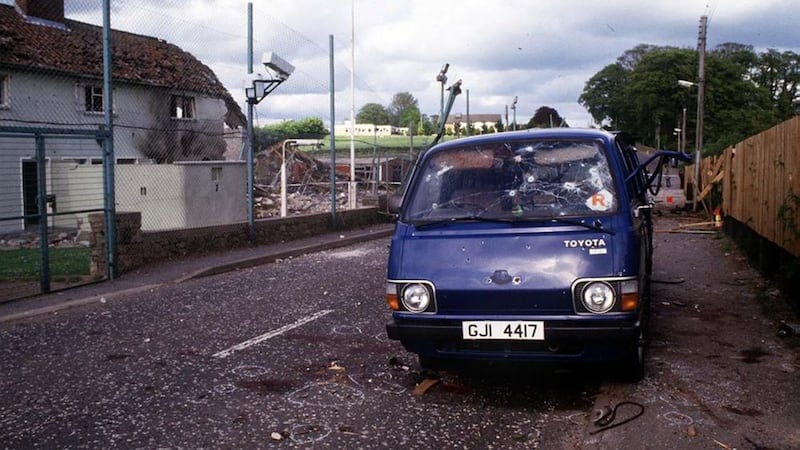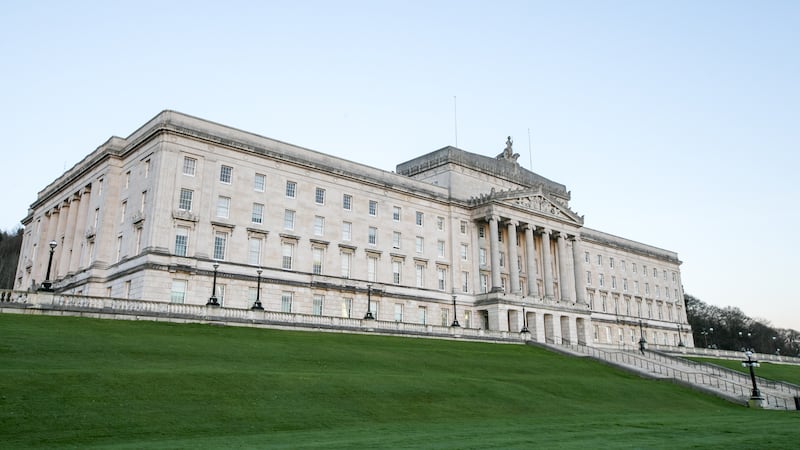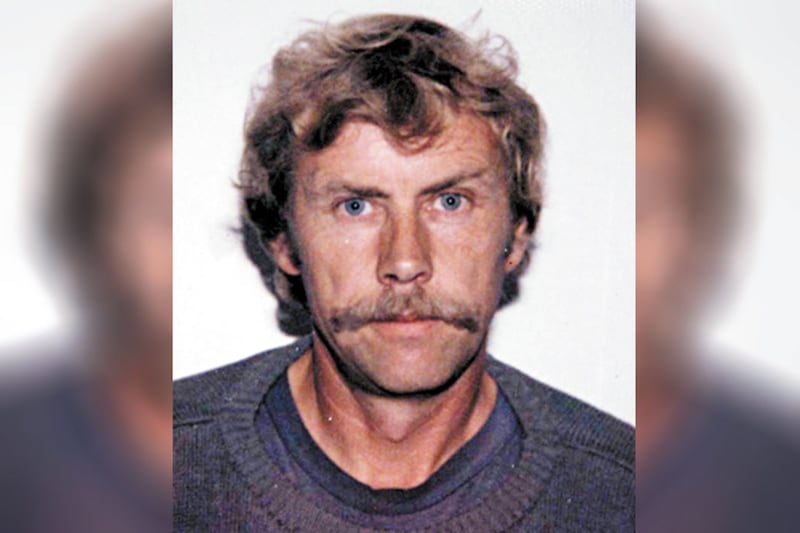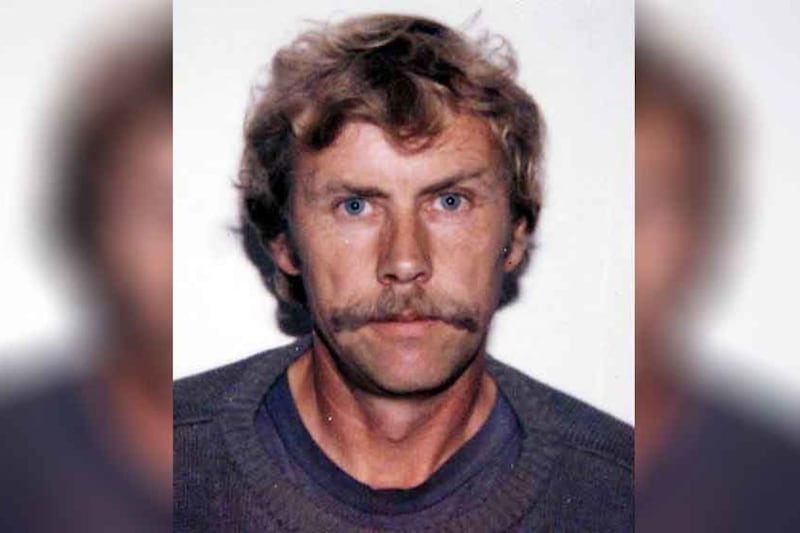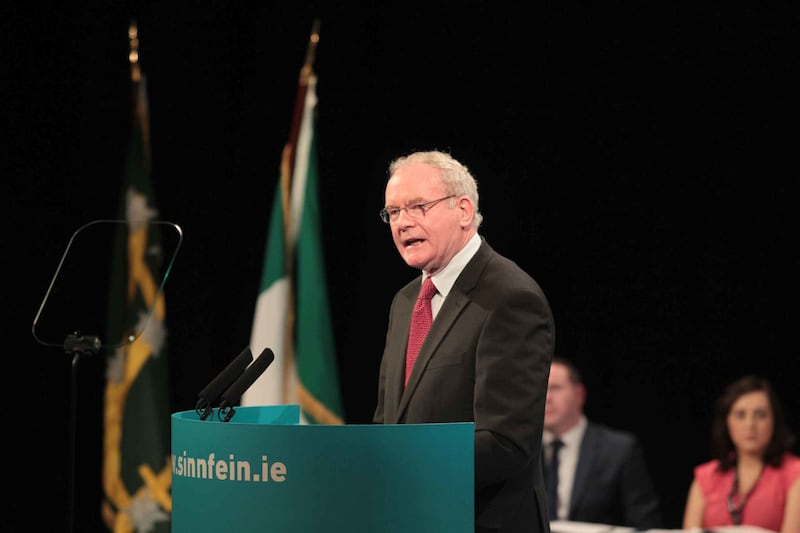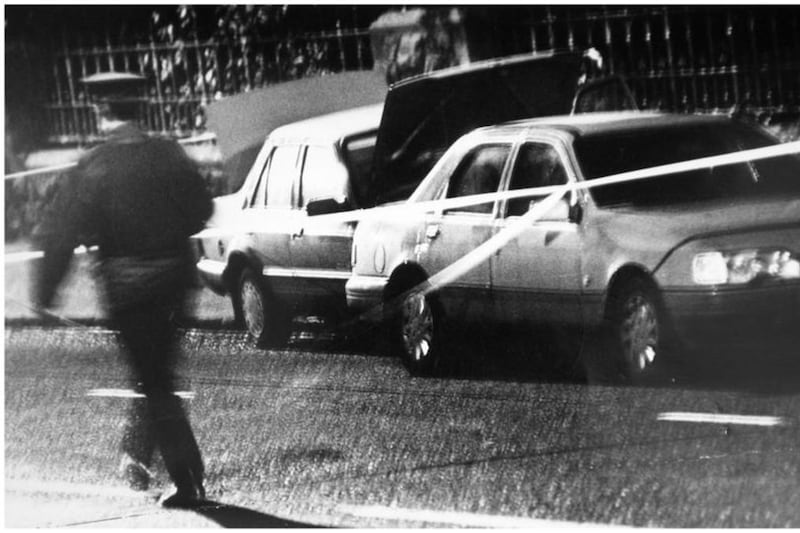A Cork-born former British soldier who one tried to join the Provisional IRA has lifted the lid on some of the UK military’s most closely guarded intelligence secrets in an explosive new book.
The former soldier, who uses the pseudonym Seán Hartnett, served with the British army’s secret Joint Communications Unit - Northern Ireland, being deployed to the north in 2001.
The unit, which also went under the titles of 14th Intelligence Company, ‘the Det’ and Force Research Unit, was involved in some of the most controversial incidents during the Troubles.
Charlie One, which is published today, reveals how the British army took on dissident republican groups such as the Real IRA and carried out high level surveillance on senior Sinn Féin members including former IRA hunger striker and Foyle assembly member Raymond McCartney.
In the book, Hartnett says he tried to join the Provos in 1995 and reveals a family connection to a deadly SAS ambush which claimed the lives of eight IRA men and a civilian at Loughgall in March 1987.
The former soldier claims that an aunt by marriage is a first cousin and former neighbour of IRA man Seamus Donnelly, who was from Galbally in Co Tyrone.
He also claims that another uncle married into a republican family in Carrickmacross, Co Monaghan.
In the book he claims he arranged to meet a Sinn Féin member in Cork with a view to joining the IRA but later “bottled” it and failed to show up for the meeting.
Within a year he joined the Royal Corps of Signals after attending an interview in Omagh just weeks after a bomb ripped through the town killing 29 people and unborn twins.
After spending time in Wales and Sierra Leon he asked to be posted to the north as a communications technician with a section of the unit known as ‘North Det’.
His primary role was to provide and install high-tech surveillance equipment in British army vehicles and security force facilities in his area which gave him unique access to some of the most sensitive operations launched by British military intelligence during the time he served in the north.
